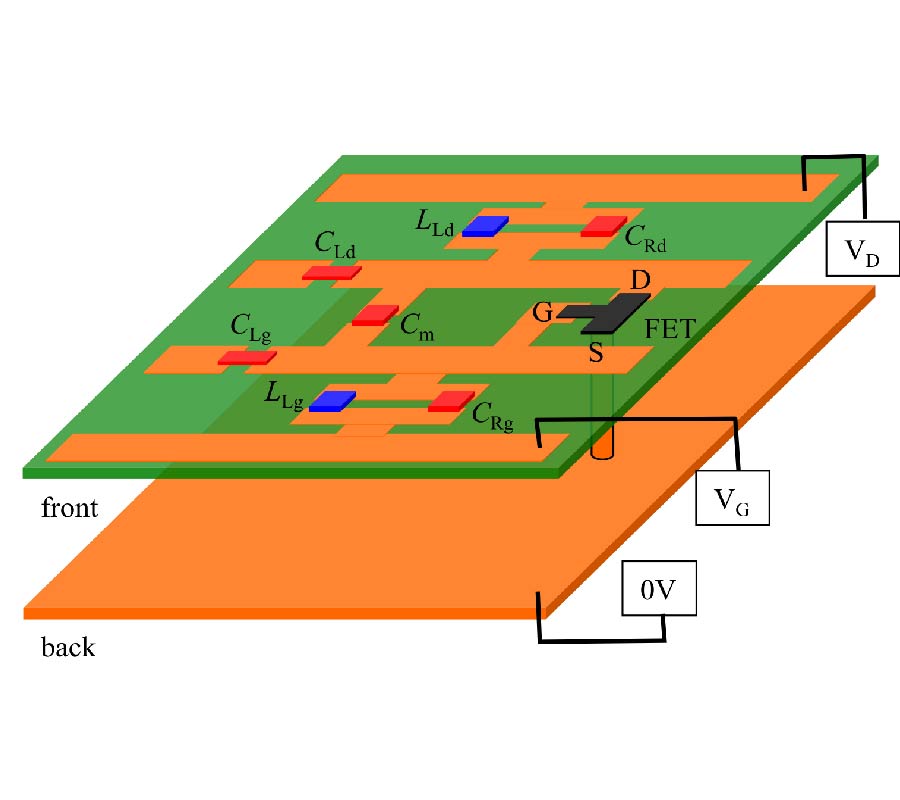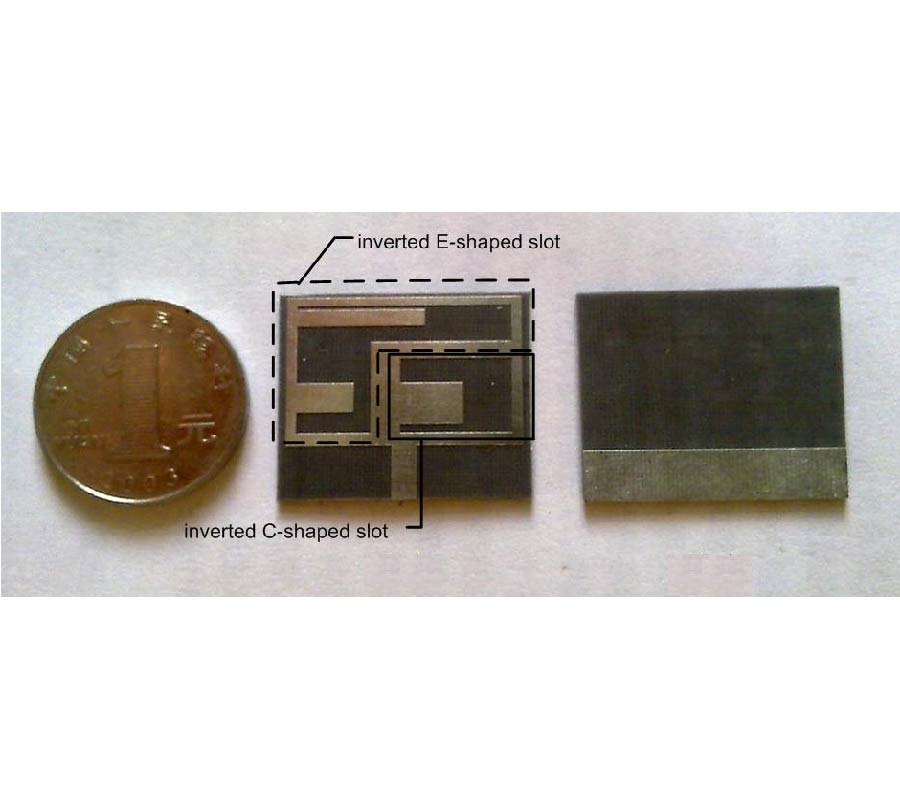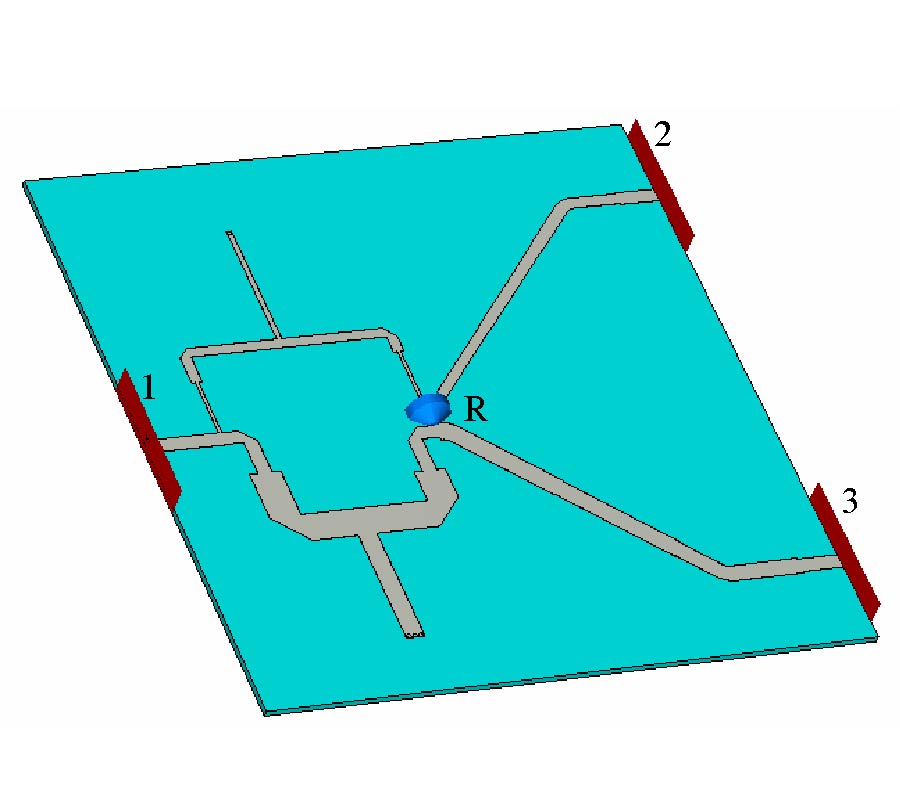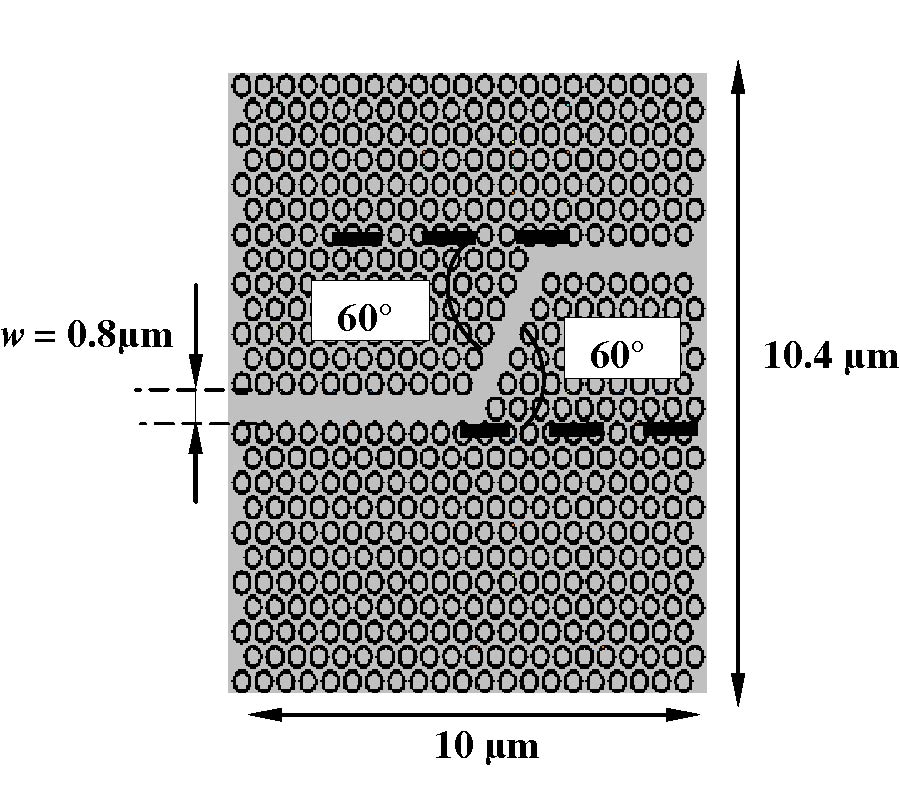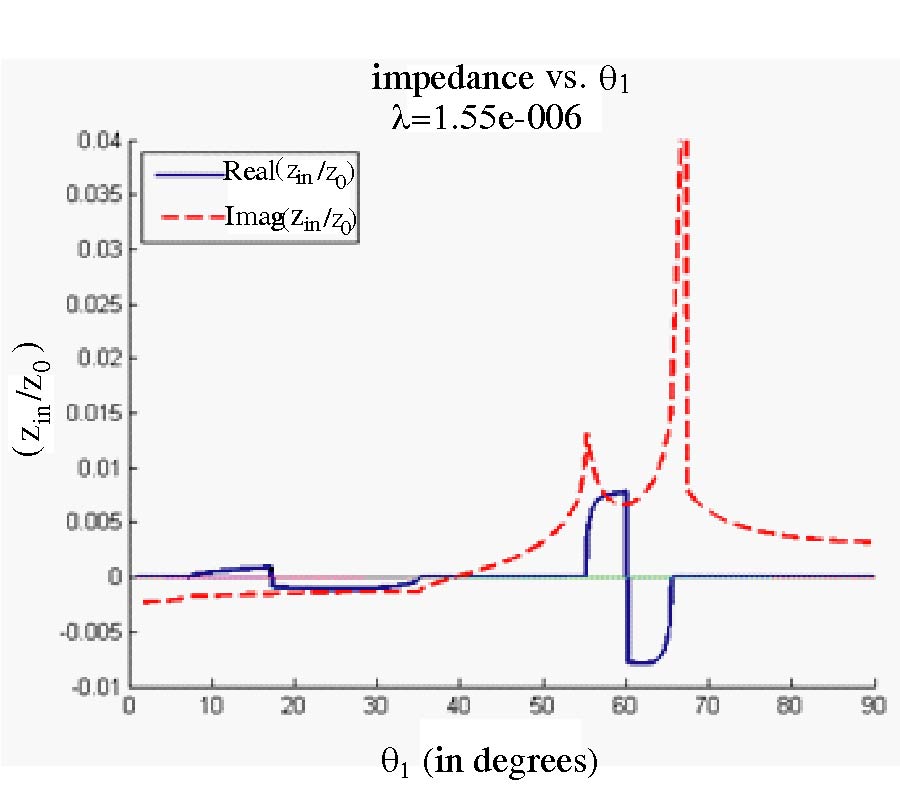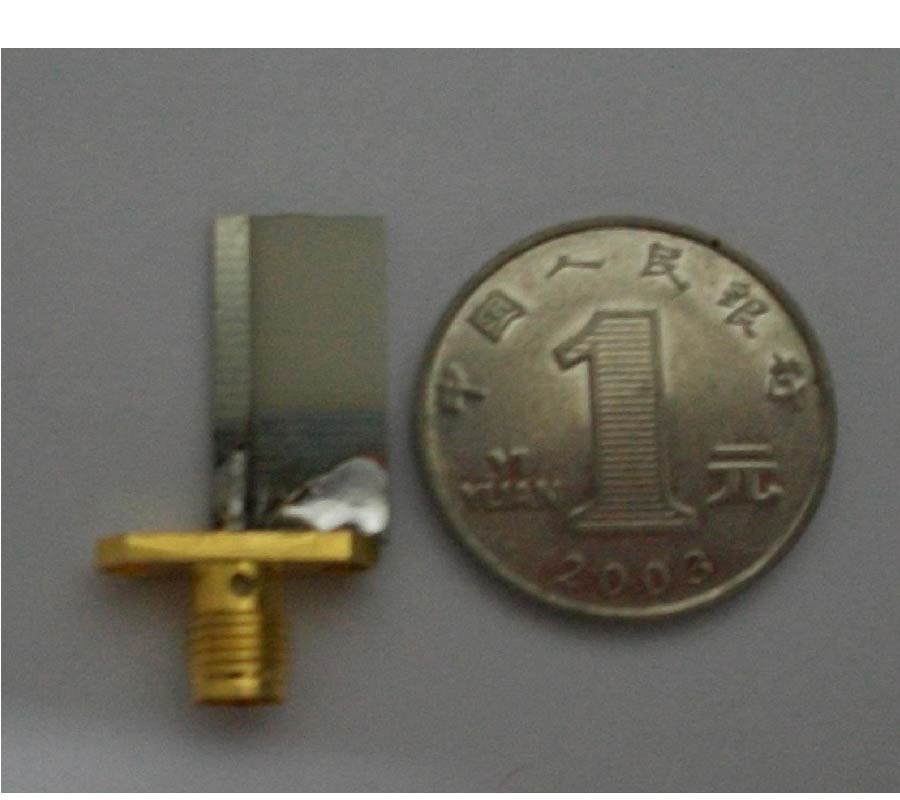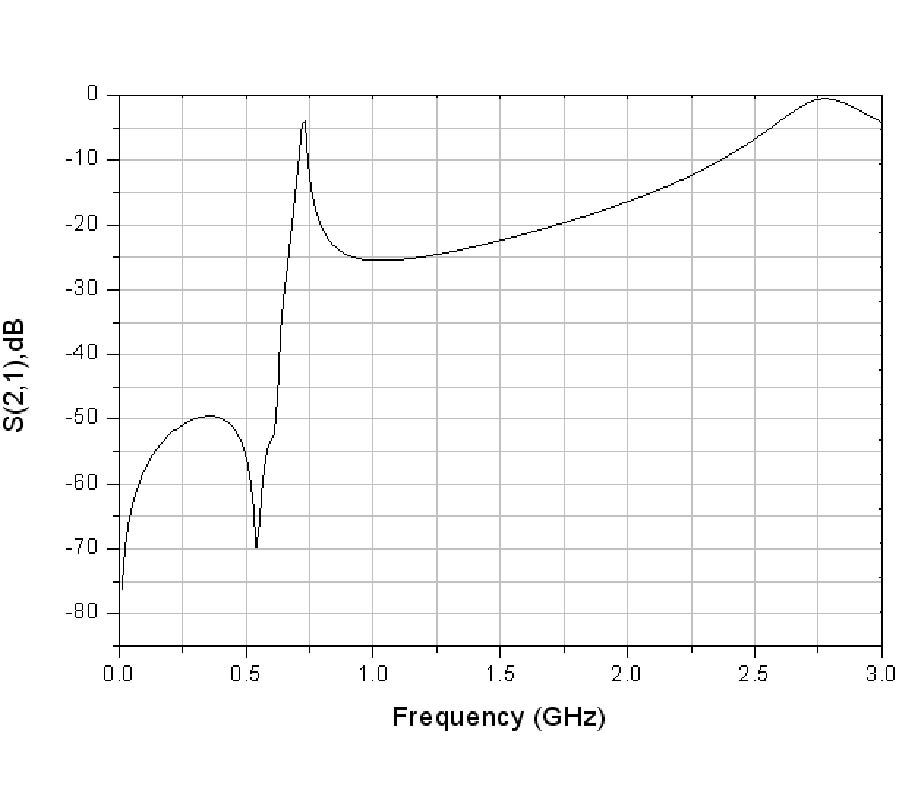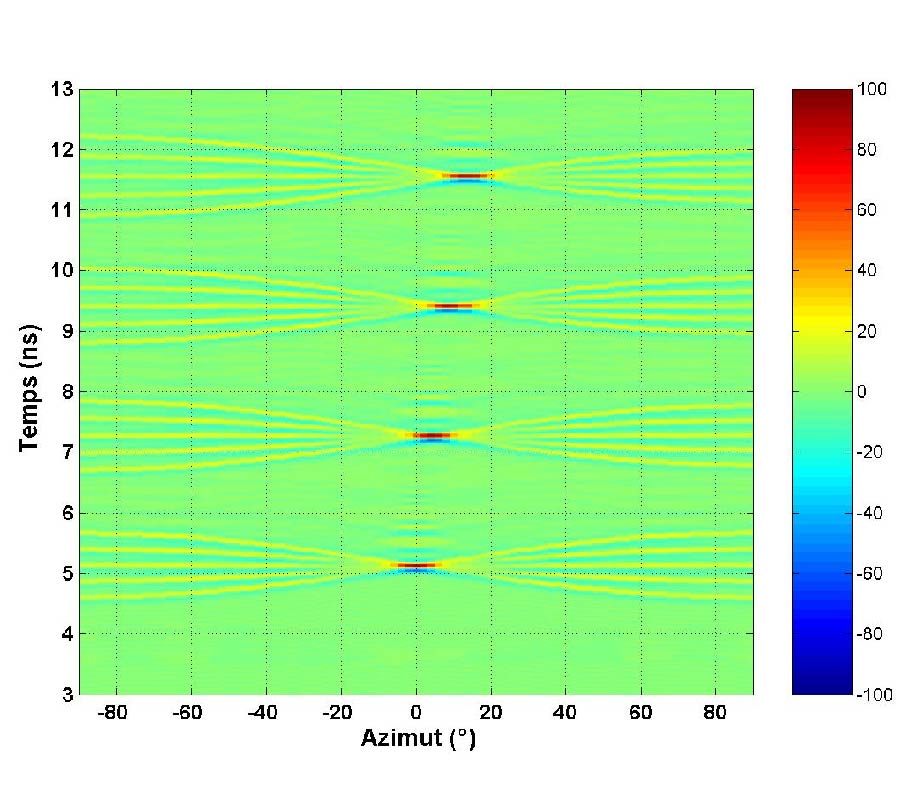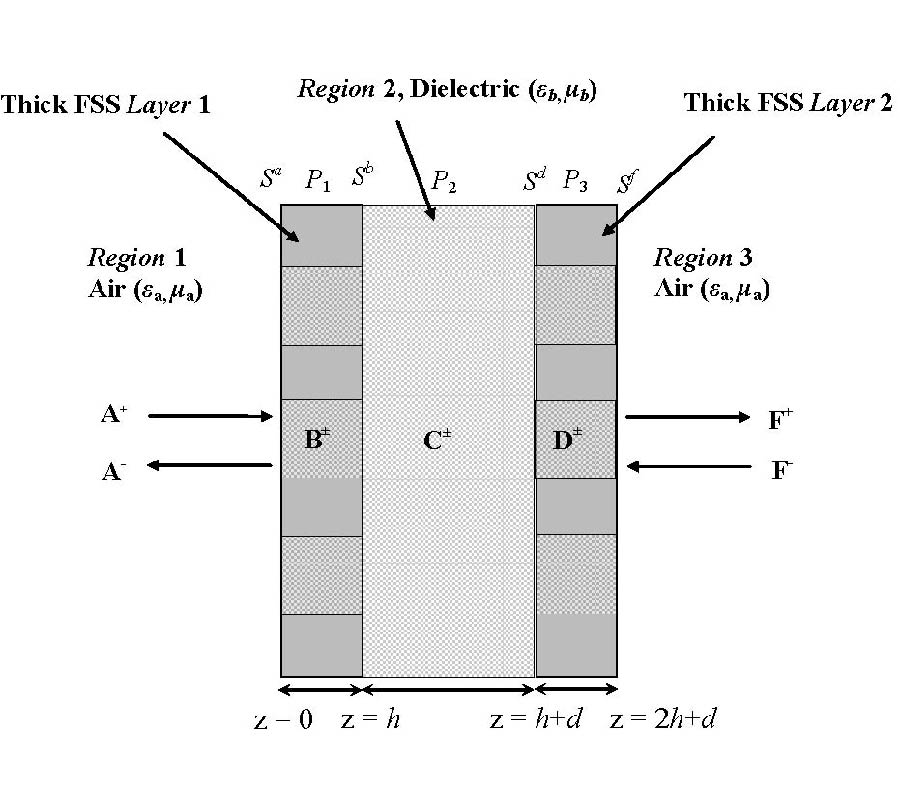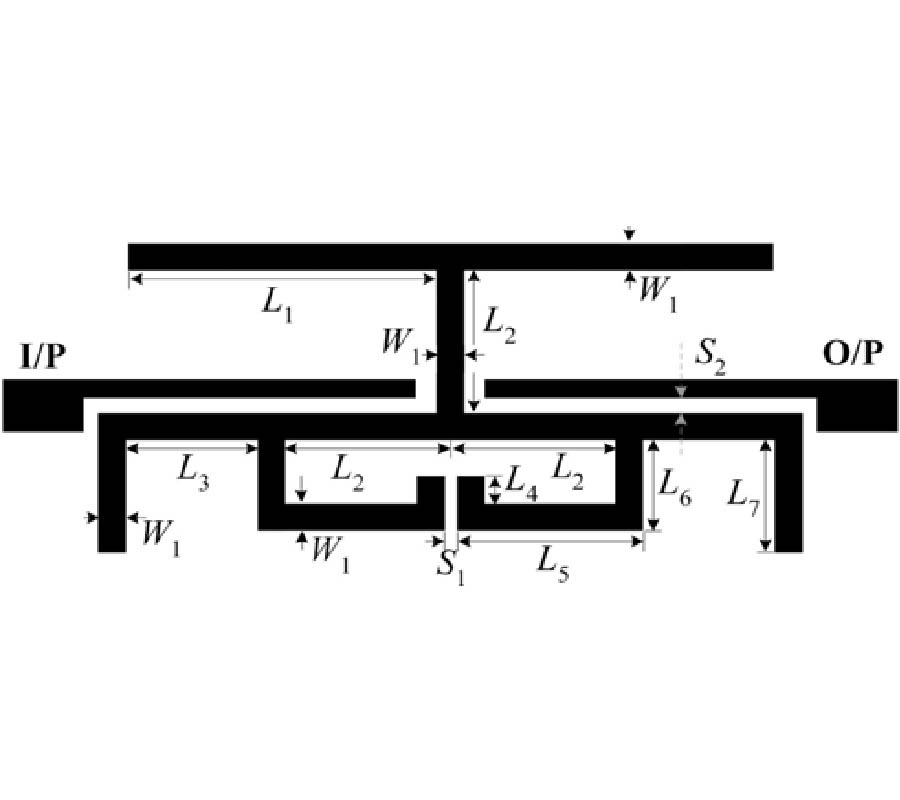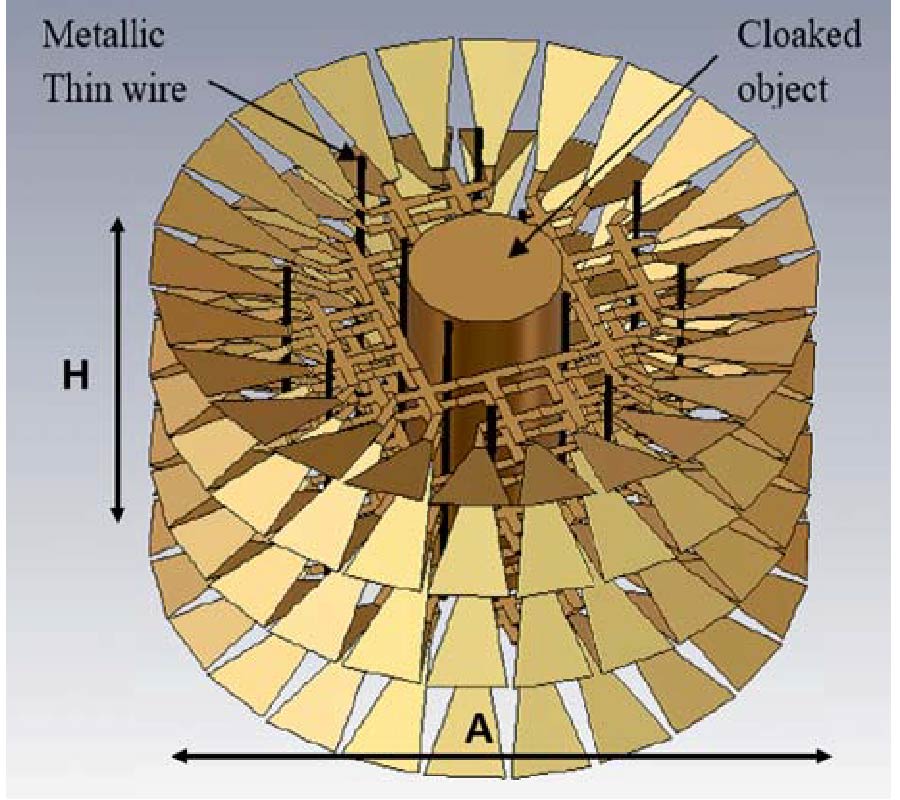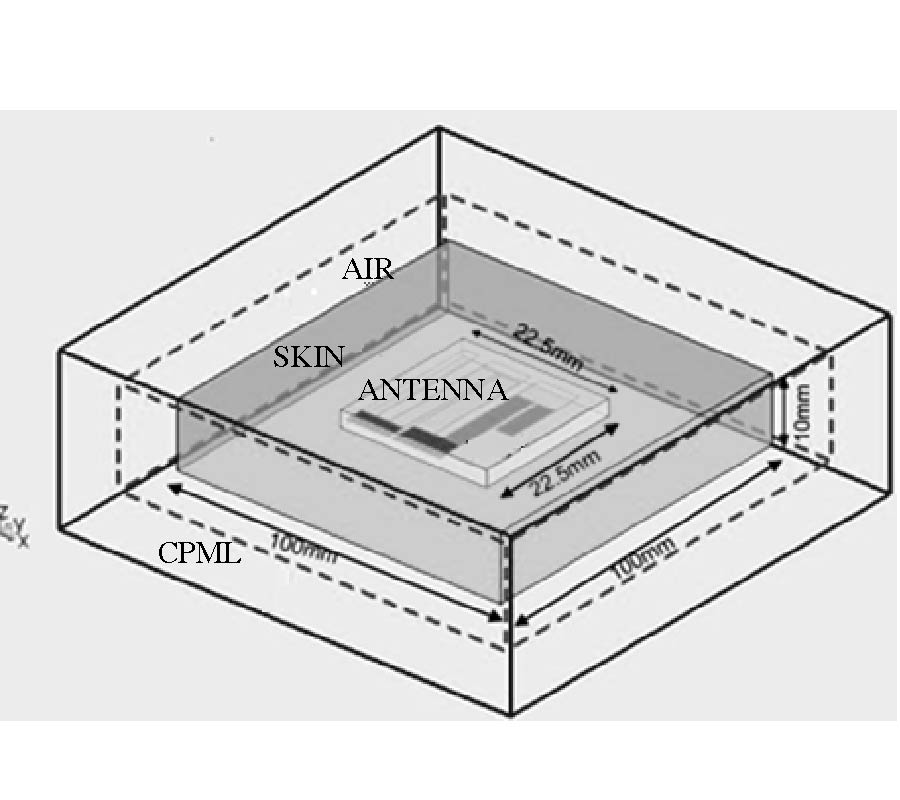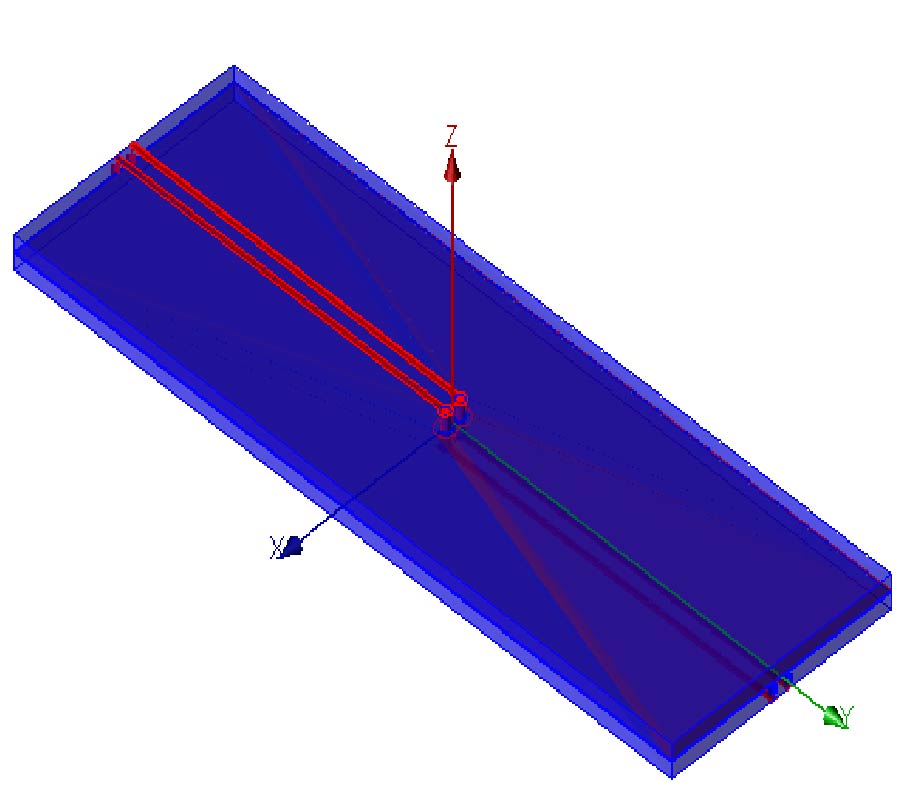Design of an Edge-Fed Quad-Band Slot Antenna for GPS/WiMAX
/WLAN Applications
Xin Sun
,
Gang Zeng
,
Hong-Chun Yang
,
Yang Li
,
Xue-Jie Liao
and
Lei Wang
In this letter, a novel compact quad-band microstrip circular slot antenna using edge-feeding is proposed to support the four wireless communication bands of GPS1.575 (1.525-1.625 GHz), WIMAX3.5 (3.3-3.6 GHz), WLAN2.45 (2.4-2.485 MHz)and WLAN5.2/5.8 (5.15-5.825 GHz). To expand the bandwidth of the GPS band and induce the WIMAX/WLAN band to support quad-band applications without affecting the compactness of the proposed antenna, a good method of implanting two T copper slices at the inner boundary of the two circular slots respectively is adopted. By adjusting the diameter of the two circular slots and the size of the T-shaped patch, resonant frequencies and bandwidth of the antenna are controlled and the multiple operating bands are achieved. In order to further reduce the size of the antenna that an edge-fed technology is used. This antenna has a simpler structure for realizing quad-band characteristics. Then, a prototype of the proposed antenna was successfully implemented, and good radiation performance is observed in all desired bands.
